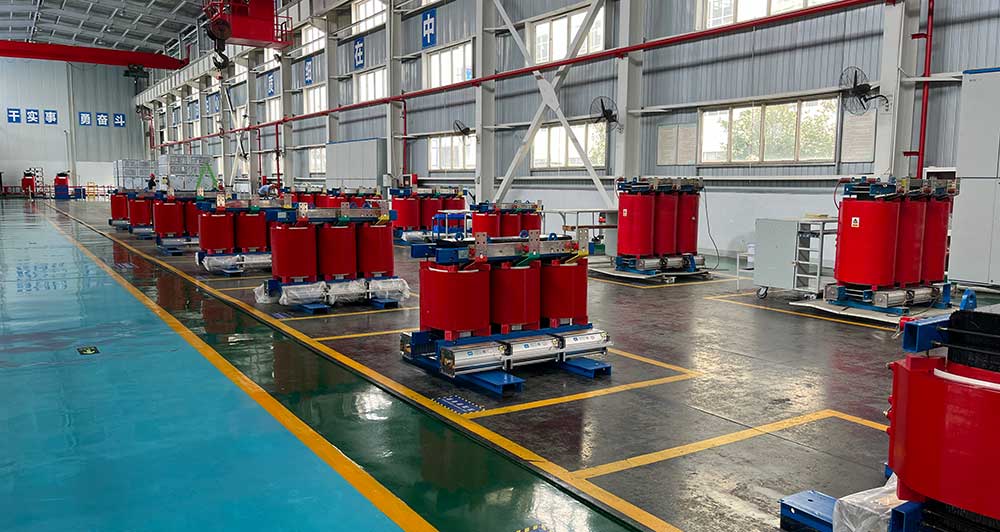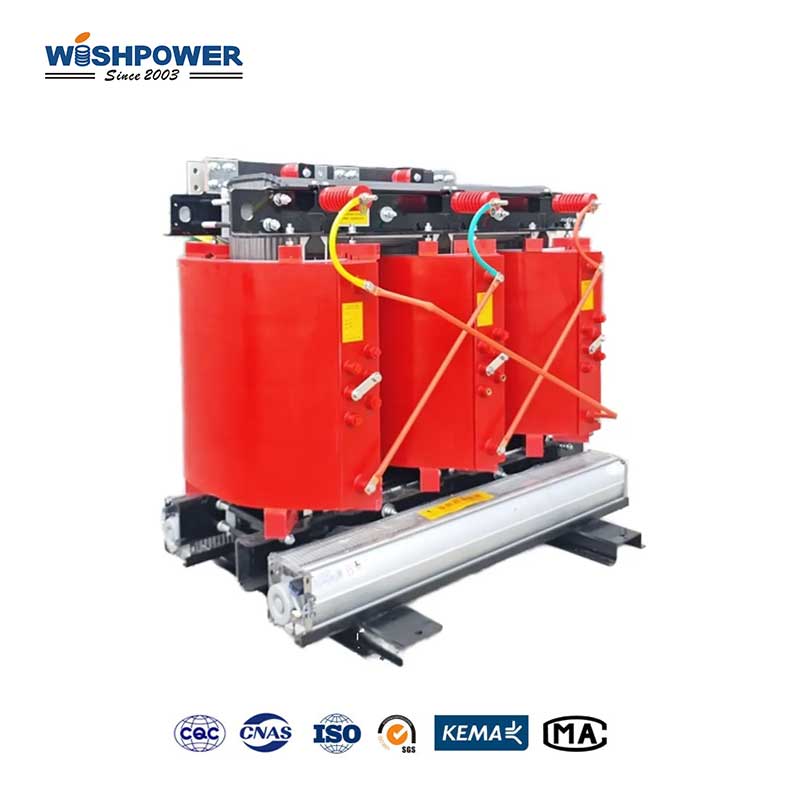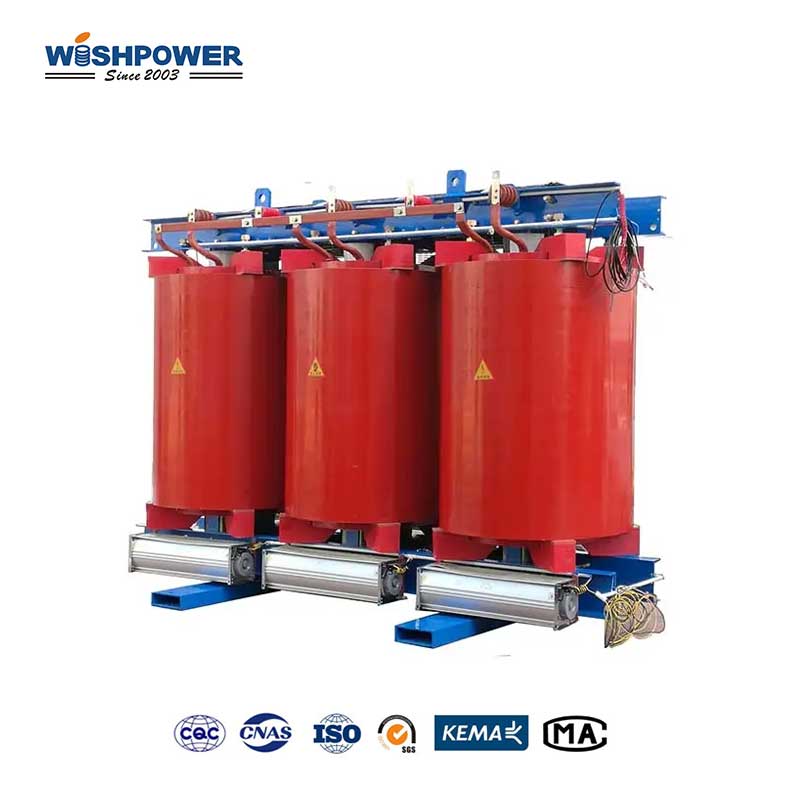What is the Amorphous Material in Transformers?
The power sector heavily depends on transformers because these essential devices perform operational voltage modifications to support electricity distribution over long distances. Amorphous steel has revolutionized transformer design as it replaces the traditional silicon steel material used in transformers for a long time.

Understanding Amorphous Materials
Before examining how amorphous materials function in transformers, we need to understand the attributes of these materials. The definition of amorphous materials describes their unorganized atomic arrangement since they differ from silicon steel’s crystalline structure with its defined atomic arrangements. The lack of crystal structure makes the material exhibit distinctive features.
Advantages of Amorphous Alloy Transformers
The main benefit of amorphous alloy transformers originates from their diminished core loss properties. Higher operating efficiency combines with reduced operational expenses to form this system’s key attributes. Over an extended period, these transformers preserve major amounts of electricity usage, leading to notable cost reductions for utilities and businesses in addition to industries.
The energy needs for operating amorphous alloy transformers remain low throughout their operational period due to superior energy efficiency. These transformers offer the best choice for applications requiring vital energy conservation because they find optimal use in buildings across commercial, industrial and residential sectors.
Amorphous alloy transformers reduce energy use, thereby lowering the carbon footprint amount in power distribution networks. Lowering greenhouse gas emissions has motivated worldwide initiatives and amorphous alloy transformers represent a vital component for building sustainable power facilities.
The noise output of amorphous alloy transformers reaches lower levels than regular transformers do. The non-crystalline amorphous core structure reduces vibrations and mechanical noise thus benefiting urban and residential locations.
Stress performance improves significantly among these transformers due to their resistance against harsh environmental conditions together with temperature changes. The designed structure enables optimal functioning of these transformers when operating under high-stress conditions that include load variations or severe temperature conditions.
Transformers built using amorphous alloys possess smaller sizes together with reduced weights than silicon steel-based transformers. These transformers provide equivalent or greater operational performance in reduced and leaner packages so they serve well in small spaces and portable applications.
Challenges and Considerations
Amorphous alloy transformer production costs exceed traditional transformer construction, which creates a higher starting production price. Disbursements related to these amorphous alloy transformers pay off through both conservation of long-term energy utilization alongside decreased maintenance needs.
The brittleness of amorphous alloys surpasses crystalline materials, which makes them more easily susceptible to mechanical destruction while being moved or set up. The advancement of manufacturing practices and transformer design has diminished various challenges inherent to amorphous alloys.
Limited production quantities limit the market availability of amorphous alloys since manufacturers do not equally commit to this field. Higher product prices together with extended production times can result from these situations.
What is the Amorphous Material in Transformers?
Both amorphous materials and amorphous steel serve as a revolutionary leap in modern transformer technology. Their ability to decrease core loss together with better energy efficiency and reduced footprint enables power distribution and energy consumption transformation. The higher upfront expenses of amorphous transformers result in substantial long-term cost reductions which establish them as an efficient financial model for electrical system optimization across all sectors, including businesses, utilities and industries. Amorphous alloy transformers have established themselves as vital components for future power distribution systems because sustainable and efficient energy solutions demand continues to increase.
If you have different opinions or want to know more, please leave a message on the website or contact us directly at info@wishpower.net
















